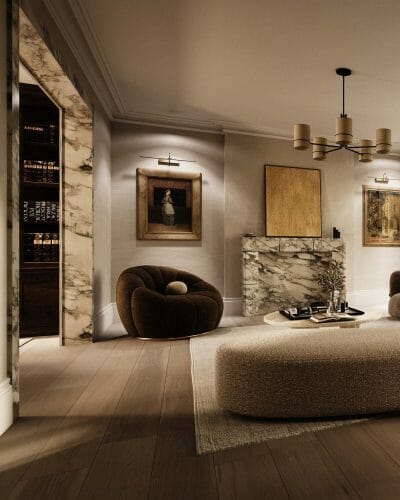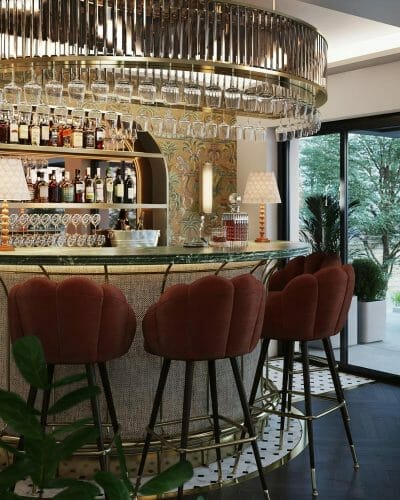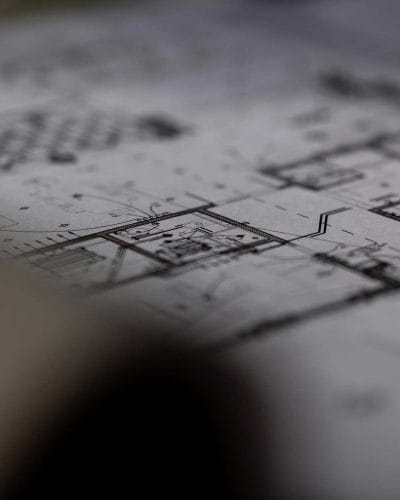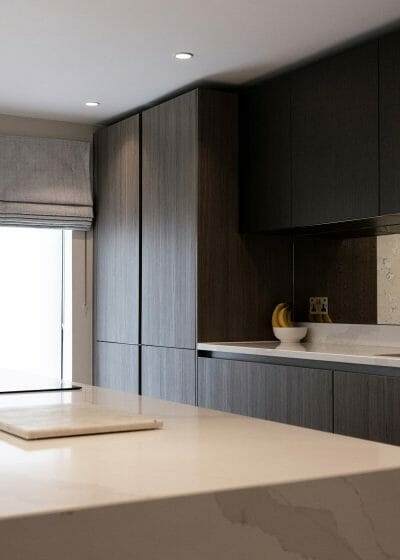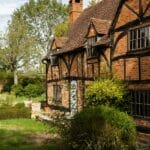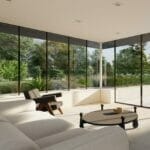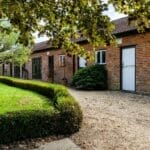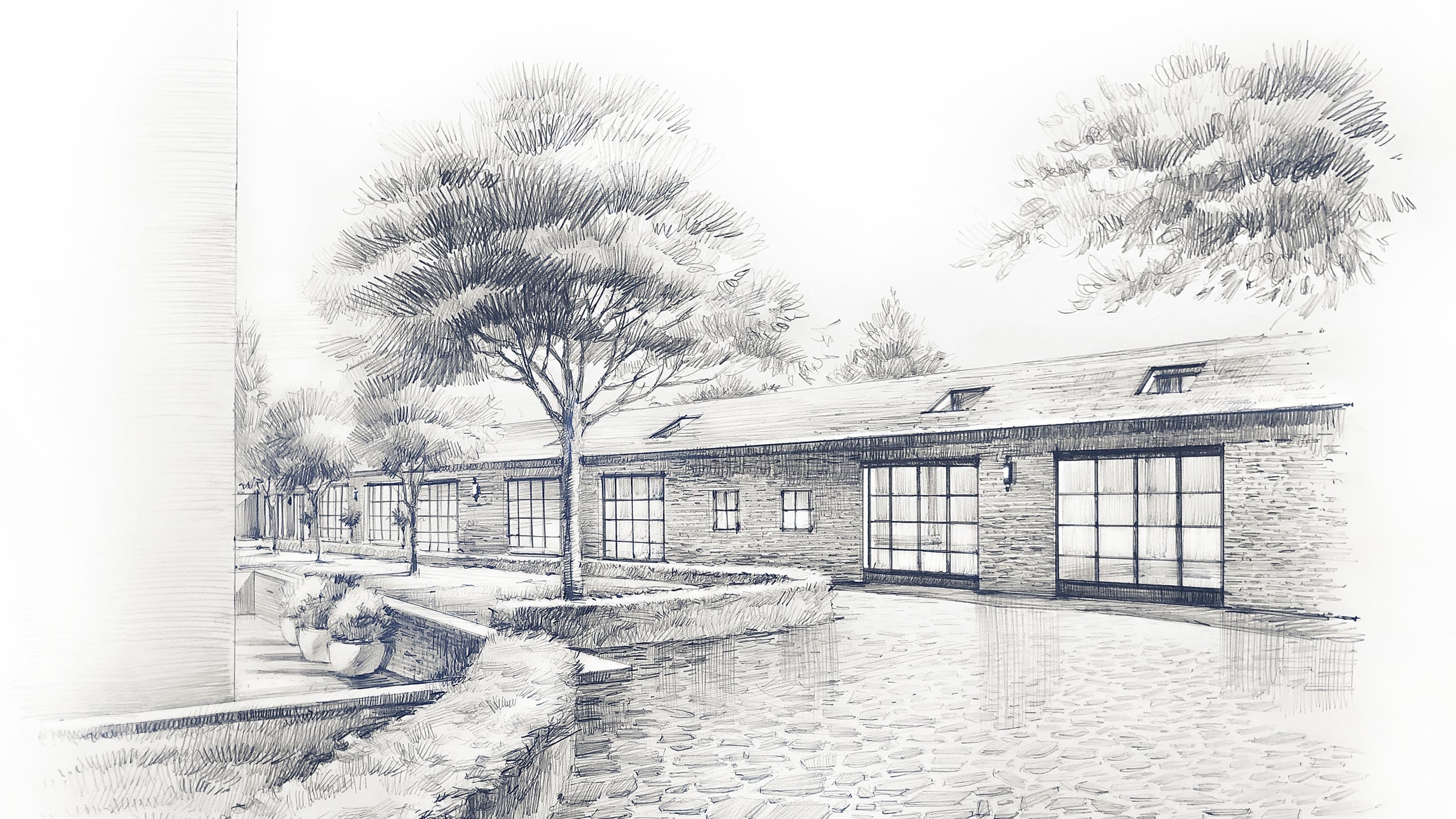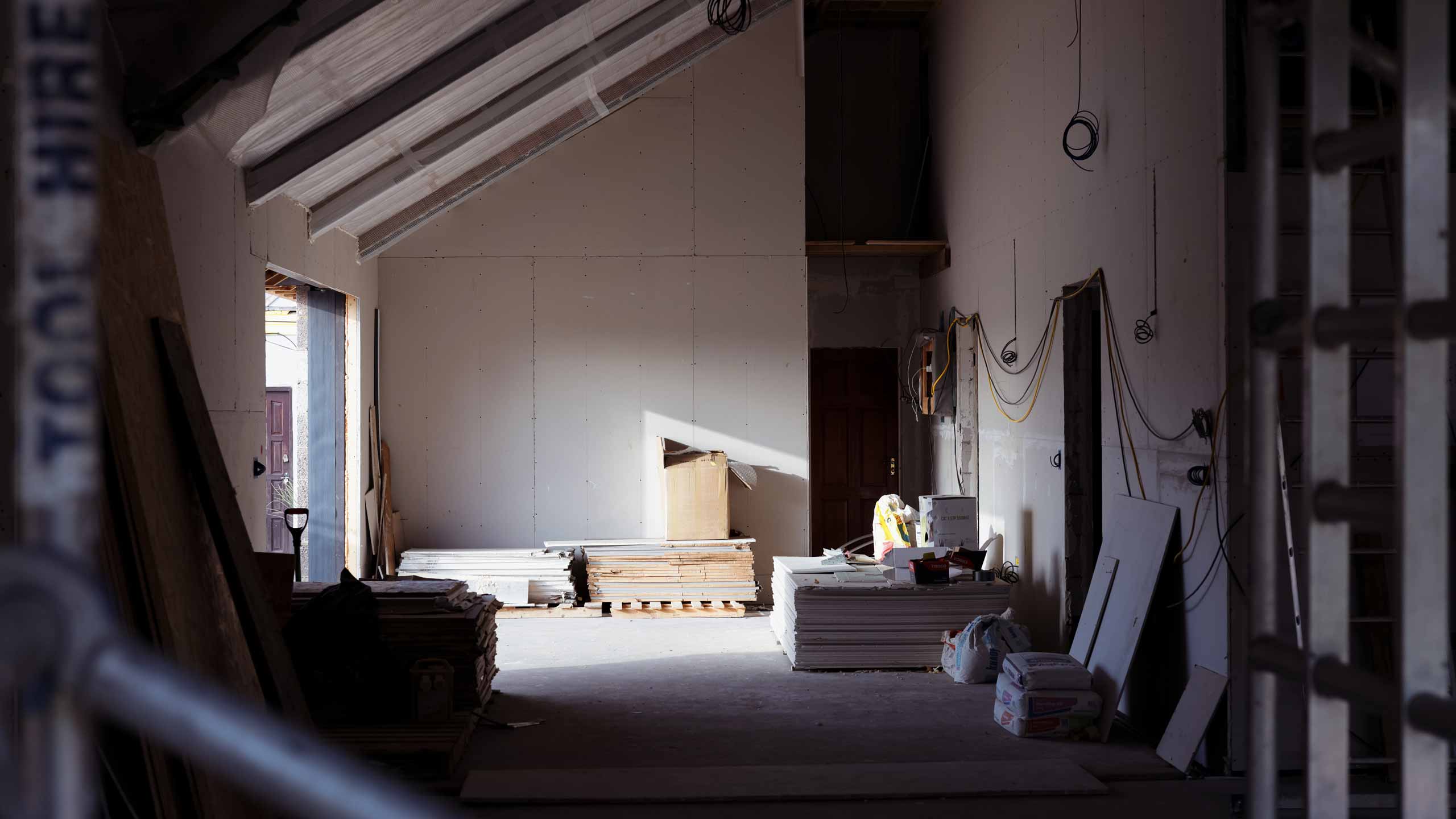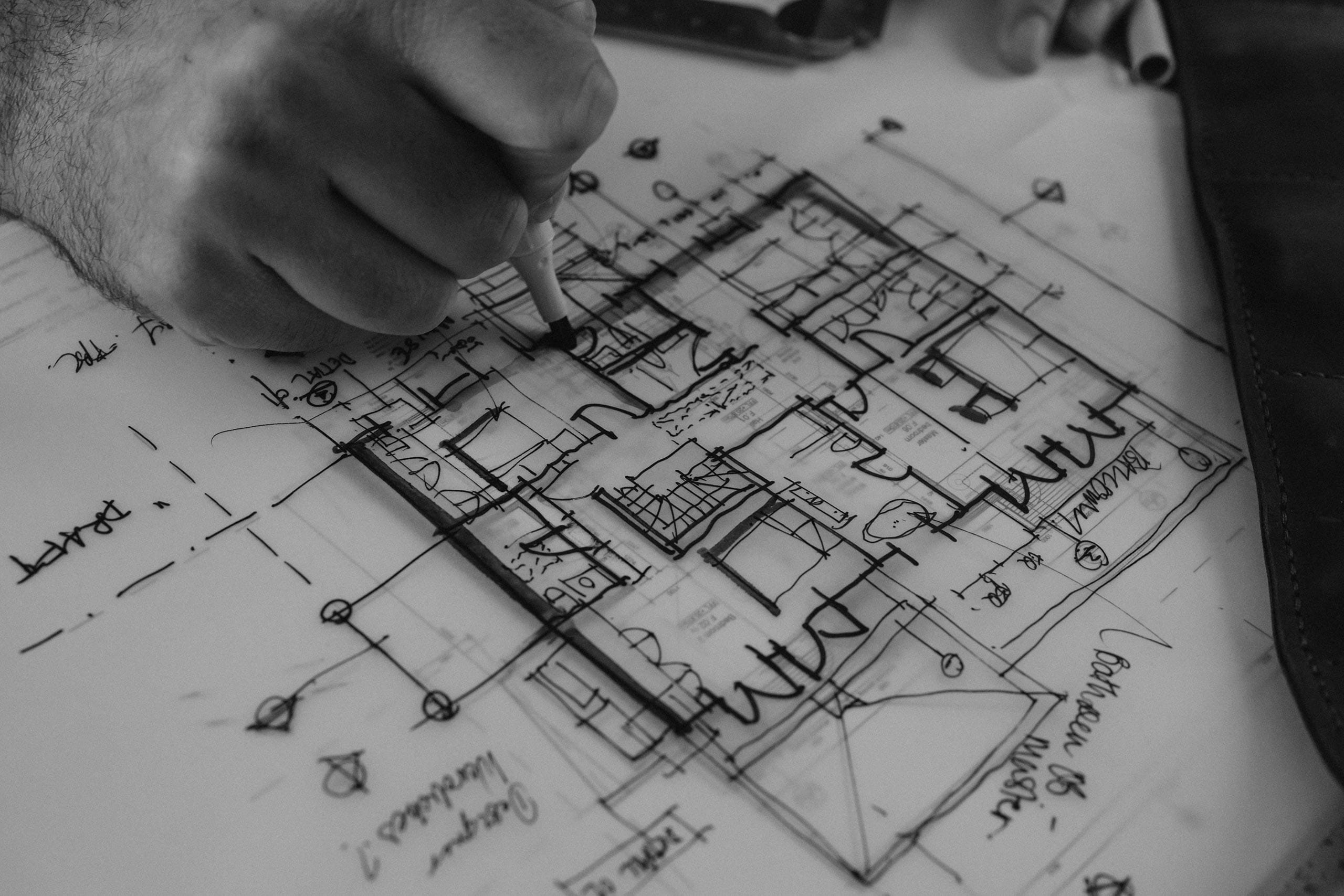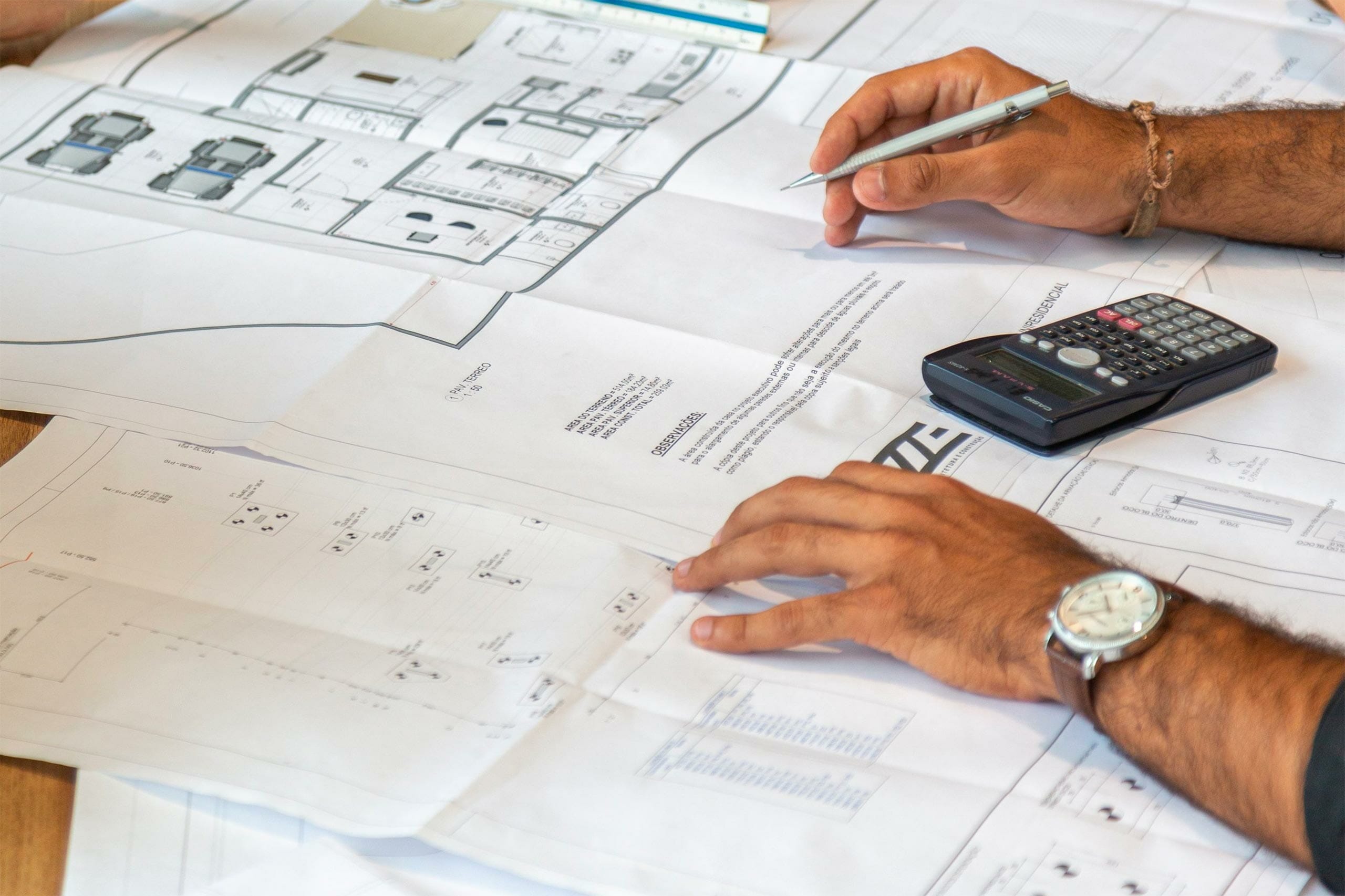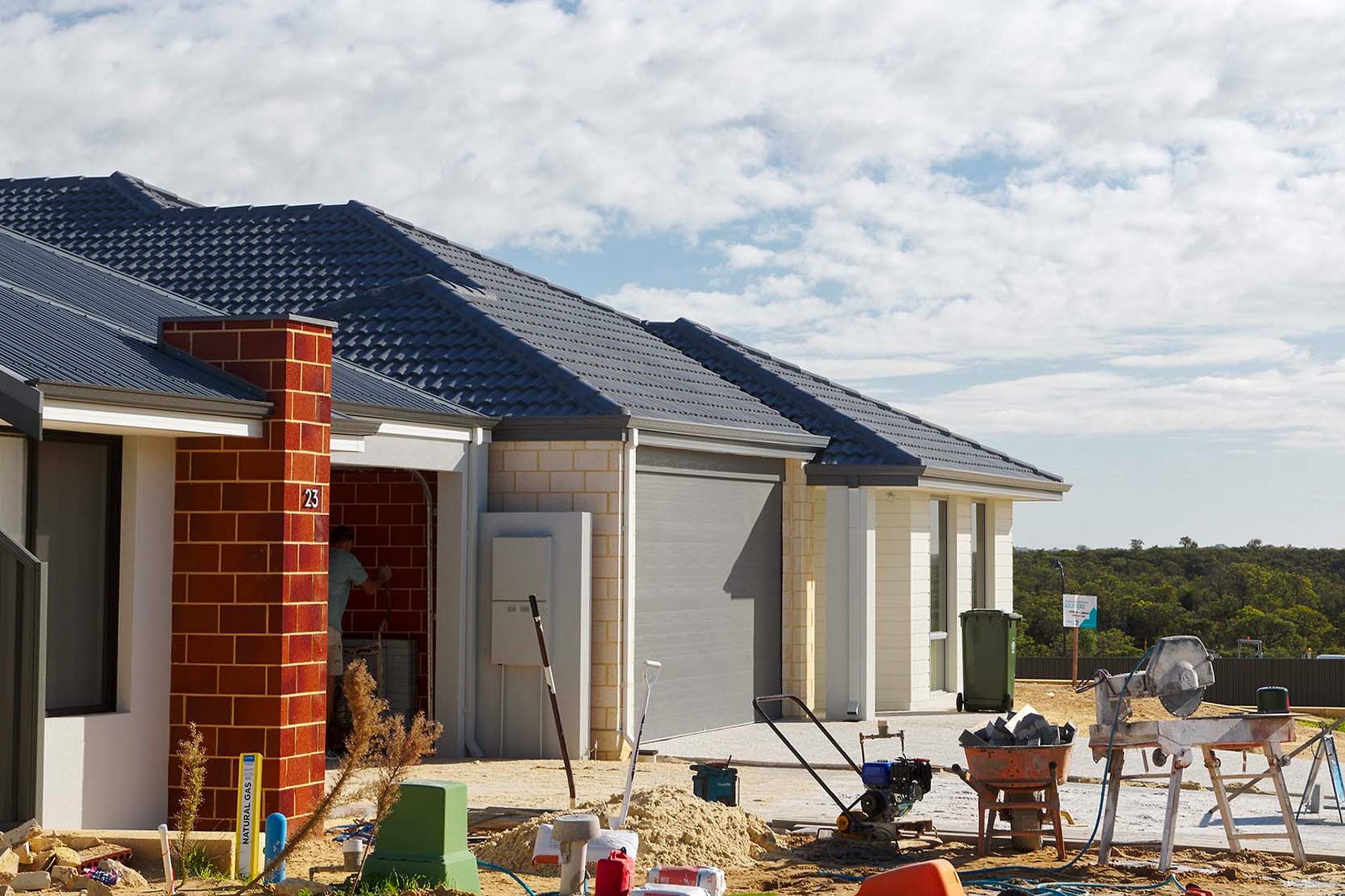What do I need to consider in terms of planning?
Some good news, changes in legislation over the past ten years have made the planning process when it comes to barn conversions slightly easier to navigate. There is a bit more freedom and less boxes that need to be ticked in comparison to the how it was in the past.
That said, of course there is legislation that needs to be considered when it comes to barn conversions and applications to be made.
Most barn conversions fall under permitted development rights, which means you do not have to go down the traditional route of submitting a full-planning application (that can also be costly and lengthy!)
Class Q of the permitted development rights (agricultural buildings to dwellinghouses) seek to make the planning process when it comes to converting a barn building to a home simpler. However, not all is smooth-sailing as we will explain in the next section of this article.
There of course will be some paper work – you MUST submit a prior approval application which can be done by your designer or planning consultant. This needs to be carried out to ensure the conversion of your barn is legal and to engage with the Council to confirm they are 100% accepting of your proposed development.
What are the benefits of choosing the permitted development route?
There are numerous advantages when it comes to permitted development and barn conversions to include:
- Savings of time and costs
- Reduced documentation when compared to a full planning application
- Exemption from local planning policies and design guidelines (less bureaucracy and hurdles!)
How does prior approval work when it comes to a barn conversion?
Submitting prior approval in essence allows the local council to deliberate your proposal and consider it in the context of its impact on contamination, transport, highways, any flood risks and suggest ways in which they think these risks could be avoided. The prior approval application also considers the materials you have chosen to convert your barn alongside the walls, windows and roof.
It is very important to note, you must get a written agreement from the Council before carrying out any building works that would change the use of the barn to something else, even if the scheme falls under permitted development rights.
What does a prior approval application under Class Q look like?
As mentioned, while you do not have to follow the traditional route of submitting full planning, submitting a prior approval application under Class Q can be quite tricky as there are quite a few requirements you need to meet to qualify for PD rights.
Again, we would recommend working with a professional that has experience in dealing with these kinds of applications.
In short, the legislation under Class Q specifies a set of conditions that MUST be met before any work on the conversion of the barn can be carried out.
Your application must show that you have satisfied all the conditions set out under the legislation to ensure your proposal is not rejected.
As of recent, the following need to be submitted for a prior approval application under Class Q:
- A detailed set of proposed drawings: Floor Plans, Elevations, Sections
- A list of proposed uses for each room specified in the design
- A daylight assessment
- Dimensions of proposed doors, windows and walls
- Compliance with minimum space standards for all habitable rooms.
What are the criteria my barn needs to fall under to qualify for permitted development rights?
- The barn must have been used for agricultural purposes on 20th March 2013 or within 10 years from when you have decided to carry out your conversion scheme
- The barn cannot be listed (if it is you will need to go down the traditional route with submitting a full application and listed building consent)
- The barn cannot be in a conservation area or AONB. If it is, it does not qualify for PD rights.
- The building must be a conversion and not look anything like a new-build scheme – the application should demonstrate that it will be reusing/repurposing the existing barn
- The barn must reflect the original use ensuring that the overall character of the conversion distinctly echoes its prior function as an agricultural structure or barn. Windows and doors are permissible but they should only be incorporated where deemed necessary.
When would I need to submit a full planning application?
As mentioned above, there are a strict set of criteria your barn needs to fall under to qualify for PD rights. If it doesn’t satisfy all of these, it will need to be submitted for a full planning application.
A key example of when a full planning application needs to be submitted is if the barn is situated within a conservation area or AONB.
When putting together a full planning application under these conditions (i.e if its in a conservation area) you will need a very strong justification as to why you think this proposal is justified on protected land.
Your application should justify that the proposal is in keeping with its original context, that it maintains the character of the existing building and it shows respect of any protected wildlife and their habitats.
While indeed it is not impossible to gain permission via the traditional route of submitting a planning application, the Council will have more of a say in the design and it can turn into a lengthy battle to gain a successful outcome.
What about building control?
You will need to apply for building control approval with your barn conversion.
This will include preparing a technical set of drawings done by your professional to show compliance with building regulations, including plans and sections showing construction details. Structural calculations supplied by a Structural Engineer will also be required to gain consent.
What kind of budget do I need to carry out a barn conversion?
This will depend on the type of scheme you are looking to carry out (size, level of finish etc) and its location.
Very generally speaking, a barn conversion ranges between £100,000- £500-000 as a ball park figure. (around £1700-2,500 per square metre or higher)
Please consult with your professional for a much more accurate figure.
Note, this cost does not cover planning fees, fees for your professional and contractors needed for the scheme etc.
When considering the cost, evidently the size of the barn conversion will play a big role along with the condition the existing building is in. If the structure is compromised or it requires any other significant upgrades, you will need to factor in extra in your budget.
The type of barn you are converting will also impact the cost. If it is constructed from stone it will be more expensive than if it is brick or wood.
Where your project is situated is also a factor on the project cost as this will dictate the price of labour and materials.


